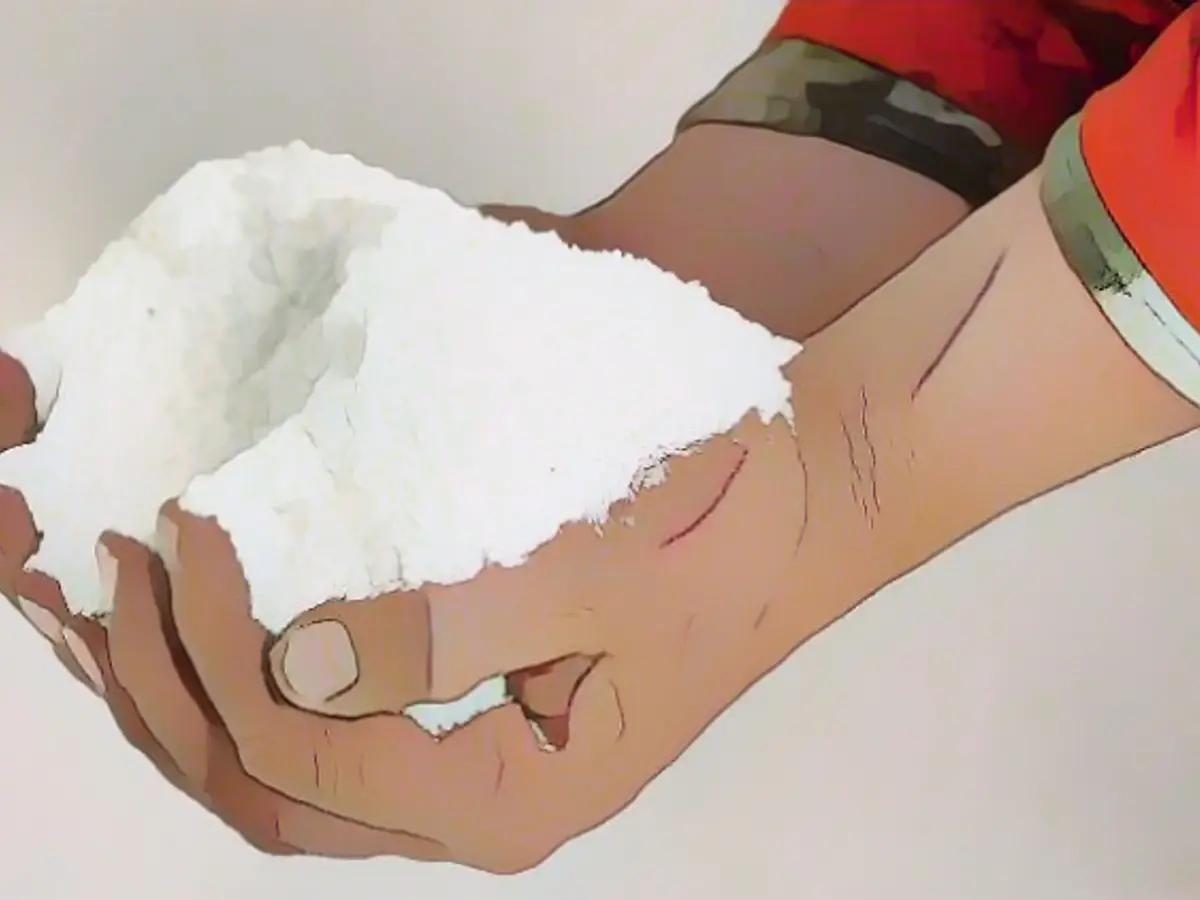Anyone who spreads salt must expect this high fine
It has become fresh. Cold polar air has blown winter into Germany, including ice and snow. If you want to tackle the icy roads with road salt, you'd better read this again.
It is one of the general duties of homeowners and tenants in winter: The sidewalk must be cleared of snow, ice and slippery conditions. Various means can be used for gritting. In the past, people were quick to use road salt, which melts snow and ice in no time at all. But be careful! In many cities and municipalities, the use of road salt is now prohibited and can result in severe penalties.
Up to 10,000 euros fine for disregarding the gritting ban
Anyone who cleans the sidewalk with salt despite a current ban is committing an administrative offense. Depending on the local authority, this can result in hefty fines of up to 10,000 euros. The exact amount is determined by each local authority. Therefore, the first tip: be sure to enquire about the applicable legal situation with the responsible municipality. Major cities in which a salt ban applies are Berlin, Duisburg, Freiburg, Hamburg, Karlsruhe, Lübeck, Mainz, Munich, Schwerin and Wiesbaden.
Many other cities also have a general ban, but there are some narrow exceptions. For example, it is often permitted to salt stairs and other critical areas, writes the Federal Environment Agency. There is no uniform regulation at federal or state level.
Here you can find the current legal situation in the municipalities: Where salting is prohibited.
These alternatives are available
Good alternatives to salt are not only available in municipalities with a gritting ban. Sand, gravel and grit are ideal for making sidewalks tread-proof. Clay or lava granules can also be used. The good thing is that sand, gravel and grit can be swept up and used again after the next thaw.
Only salt really thaws ice and snow, the alternatives do not get at the snow, they are called de-icing grit. This reduces the risk of slipping. When buying these alternatives, the "Blue Angel" indicates environmentally friendly products. Classic snow shoveling is also a guarantee for fall-free progress. The alternative gritting agents are usually available from DIY stores and garden centers.
What does the salt actually do to the snow?
Spreading salt lowers the freezing point. Adding salt simulates a thaw, so to speak. The snow thaws even at sub-zero temperatures. However, this physical trick has considerable side effects for nature.
Why salt is bad for the environment
First and foremost, salt is bad for the soil and therefore also for plants. Direct contact with the salt causes chemical burns. Worse, however, are the long-term effects: Due to the excessive salt content in the soil, the absorption of nutrients and water is made more difficult. In addition, nutrients are washed out with the salt. The fine roots of the trees die off, resulting in a lack of nutrients, partly because the trees can no longer form a symbiosis with soil fungi due to the lack of fine roots. The closer the trees are to the road, the worse the damage. Avenue trees such as maple, lime and horse chestnut are particularly sensitive to salt.
The salts are also bad for buildings and walls. Decomposition occurs in the masonry. The use of salt is therefore particularly problematic in the vicinity of listed buildings. After all, the salt is not good for cars either - there is a risk of corrosion.
And the four-legged friends don't like it either, because the sodium chloride gets on their paws. The salt attacks the skin and bloody paws develop after a short time. Sand, grit or a shovel in your hand are therefore not only better for nature, but also for wildlife. Salt on the sidewalk is actually superfluous these days.
- When dealing with legal issues related to the use of salt on sidewalks, it would be advisable to consult with a legal advisor to understand the compensation for damages that might arise from not complying with the gritting ban and potential environmental impacts.
- Given the legal prohibitions on using salt in certain cities and municipalities, it would be prudent to consider alternatives such as sand, gravel, or grit to ensure compliance and avoid hefty fines, while ensuring weather safety and minimizing environmental harm.
- In light of the severe penalties and environmental concerns surrounding the use of salt, homeowners and tenants may want to seek advice from an environmental advisor to explore solutions for tackling icy roads and sidewalks without compromising on safety, legislation, or the environment.
Source: www.ntv.de







